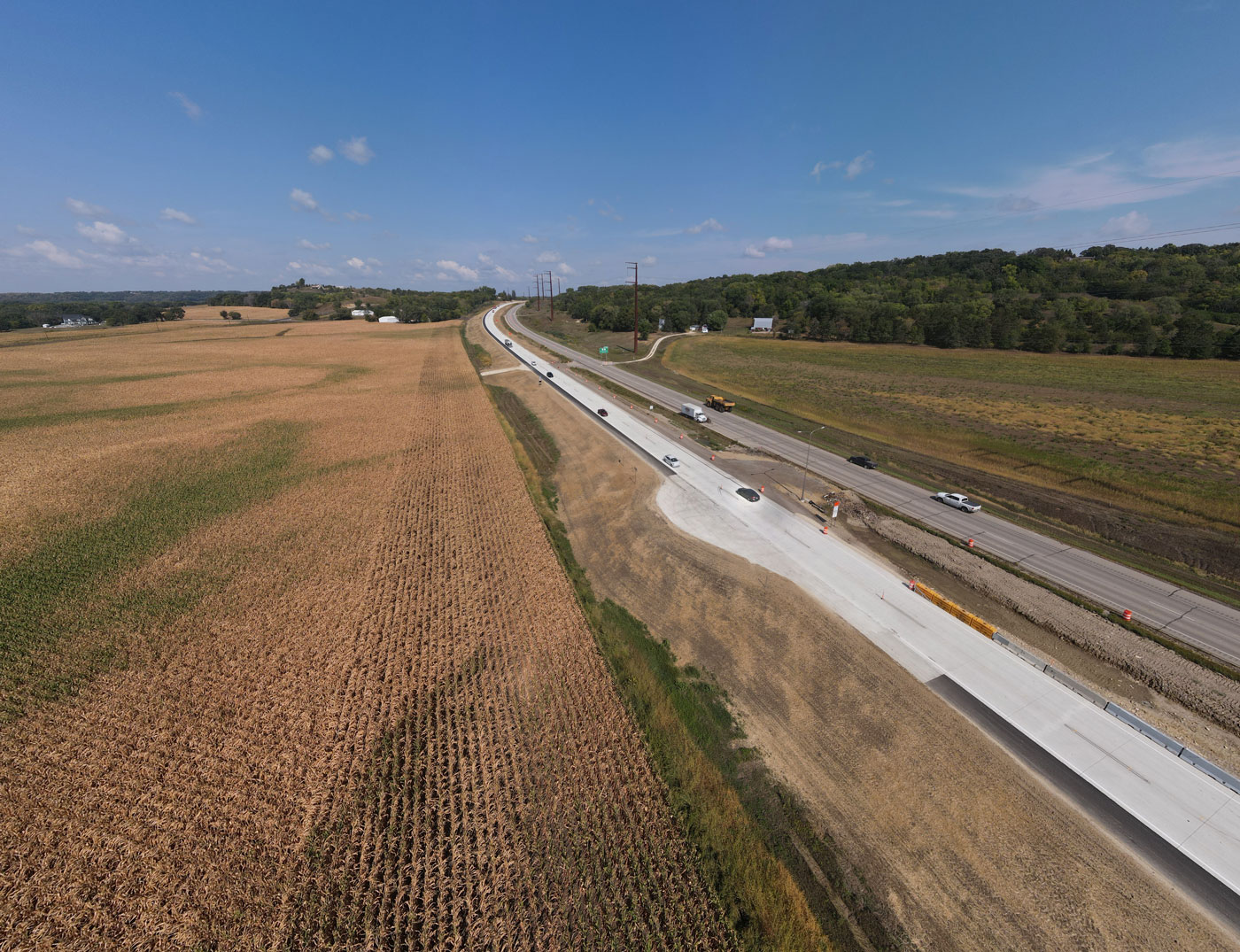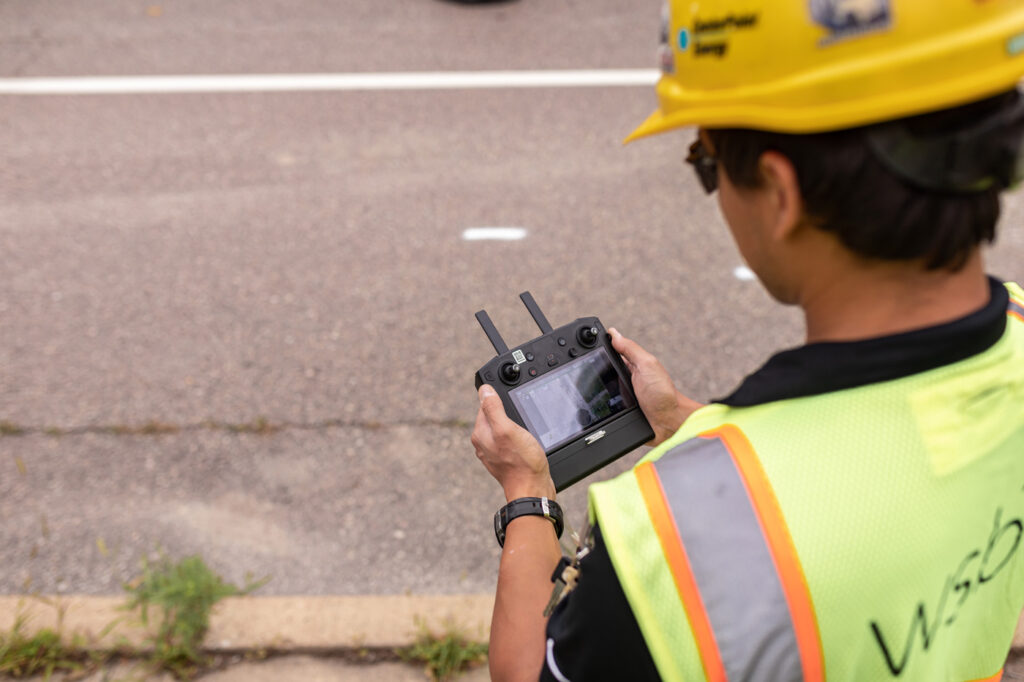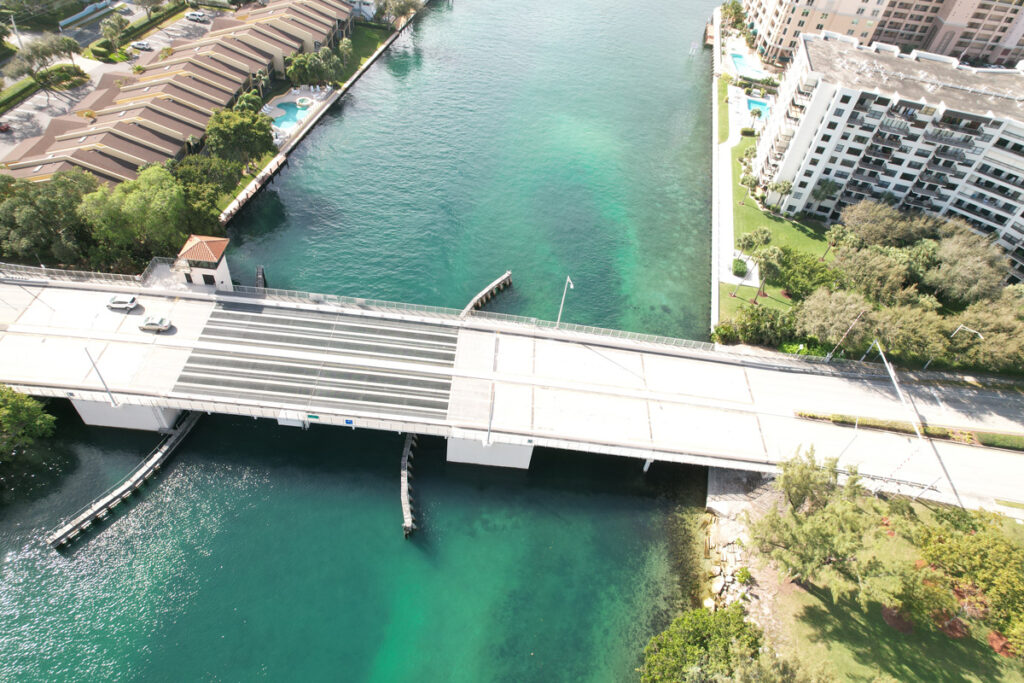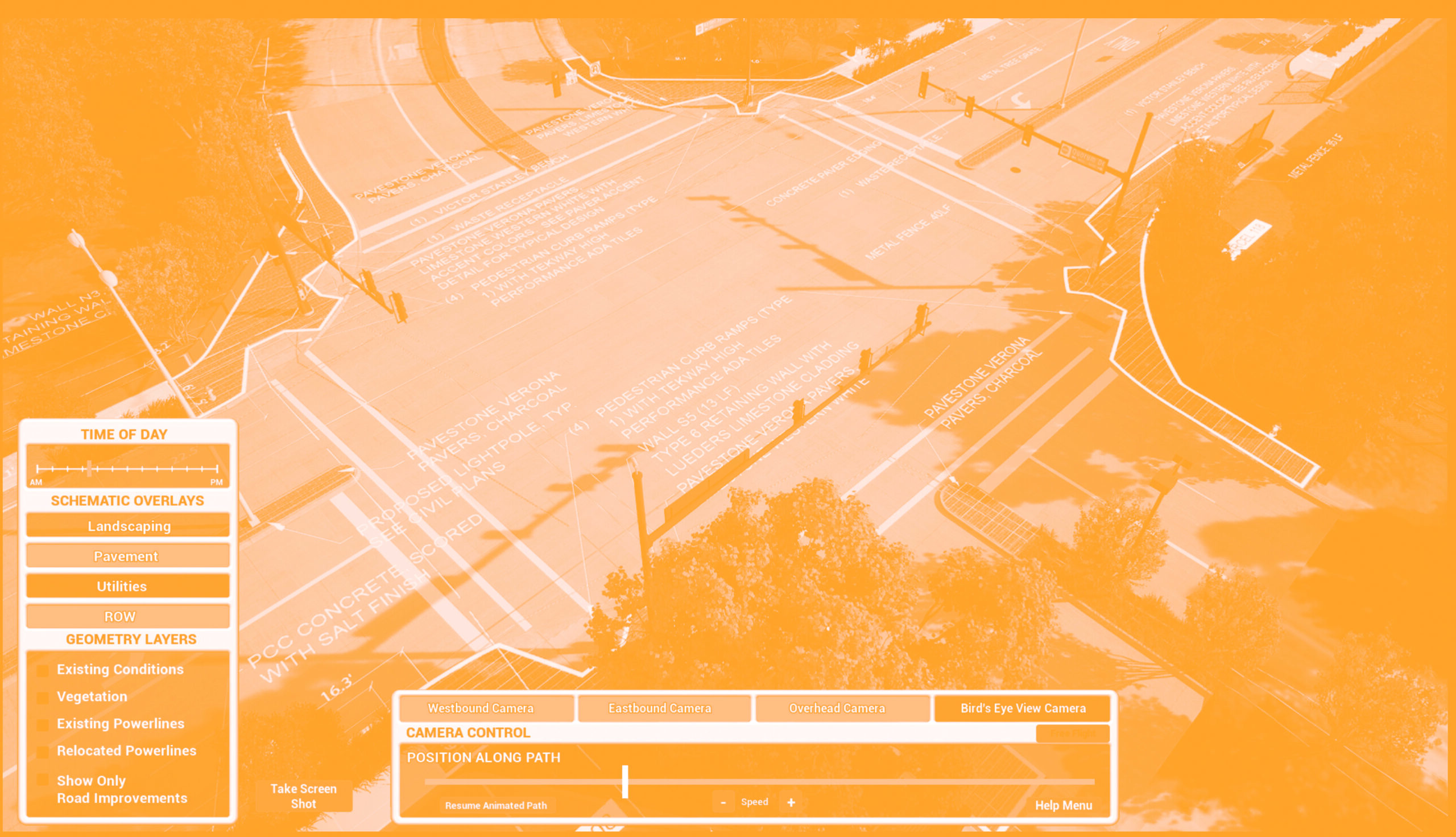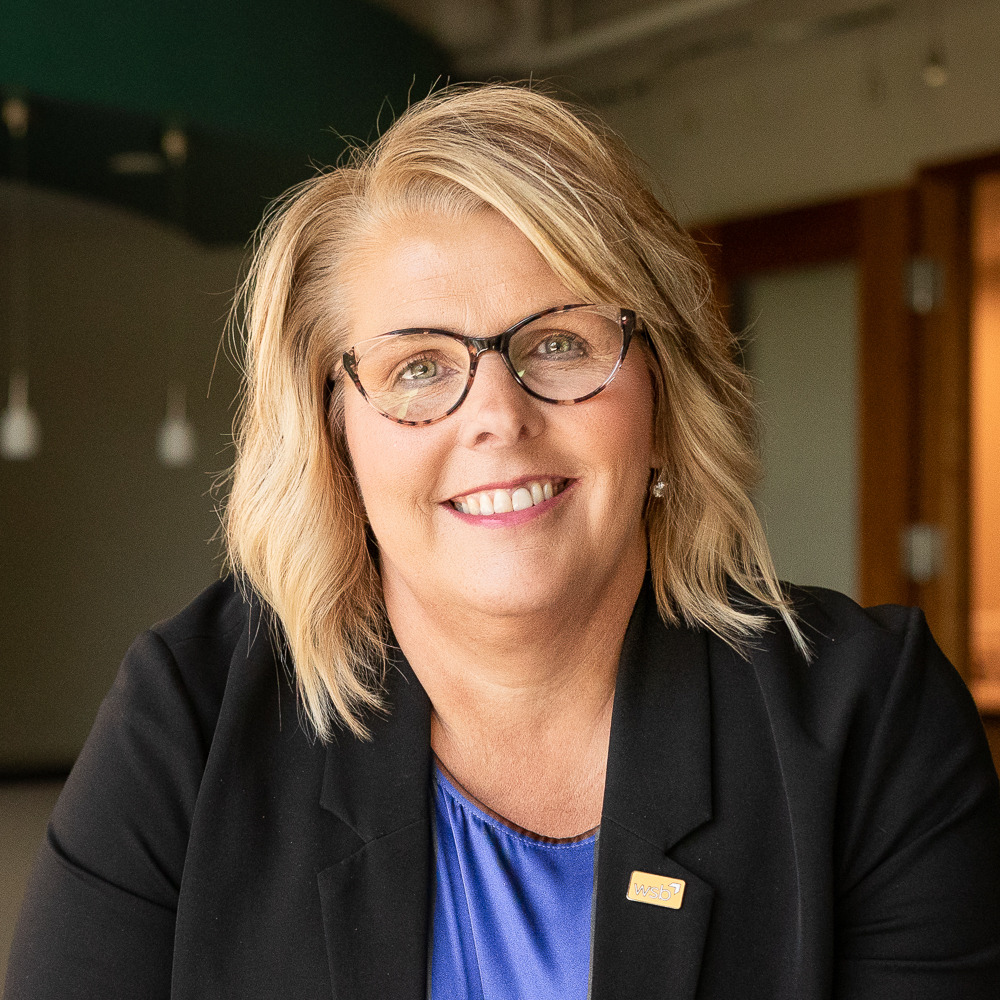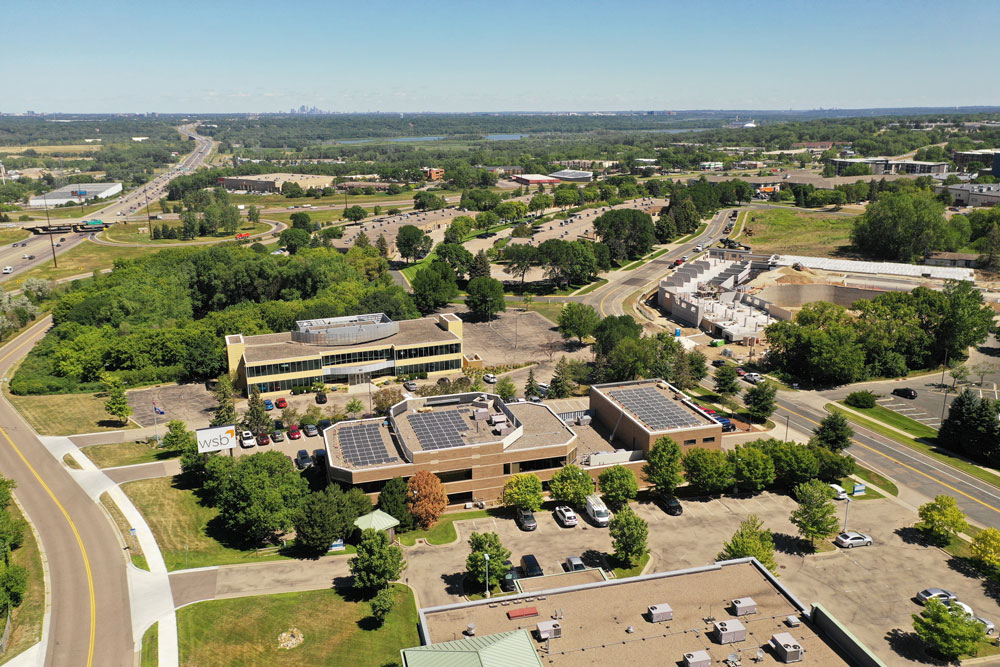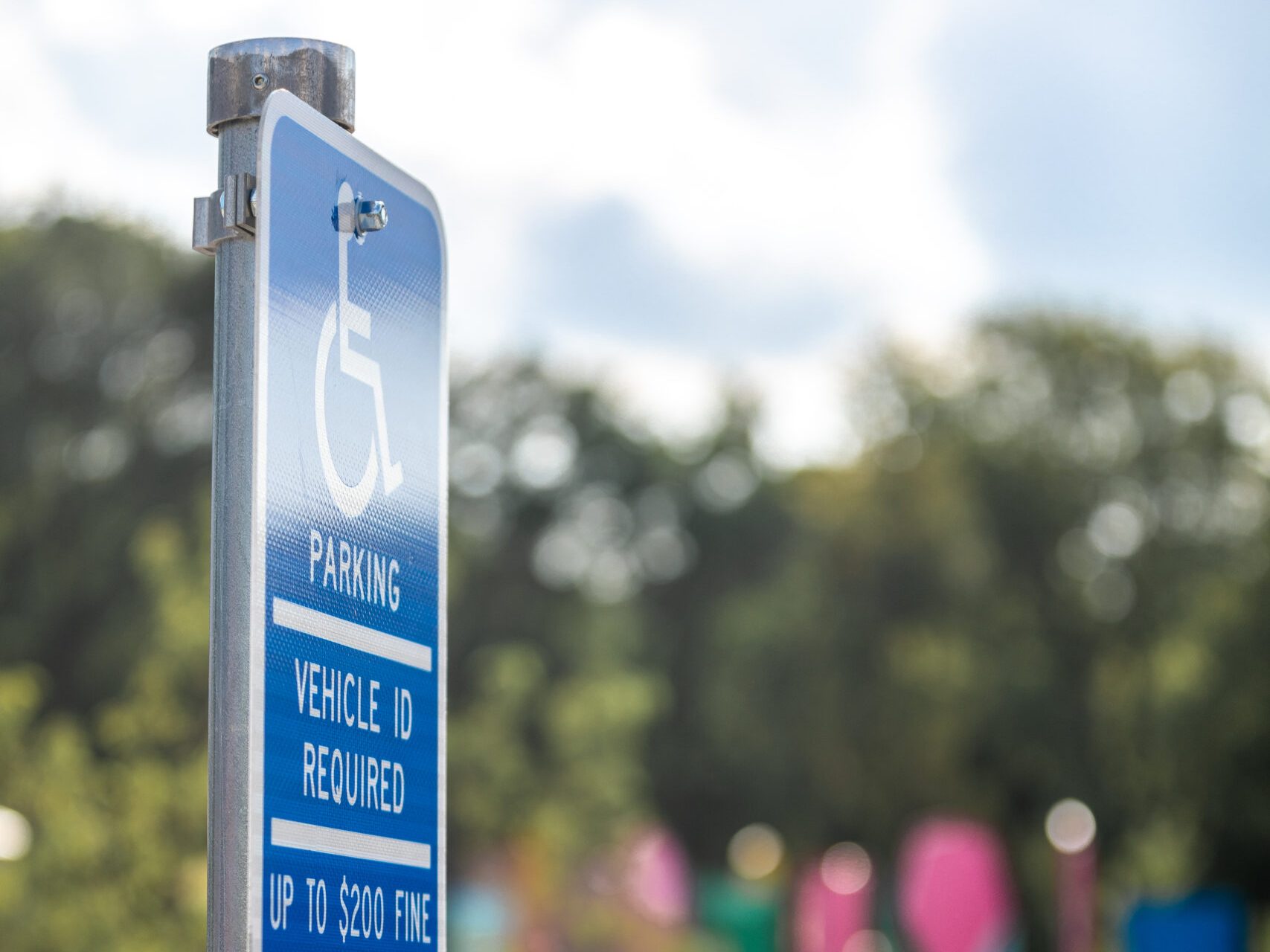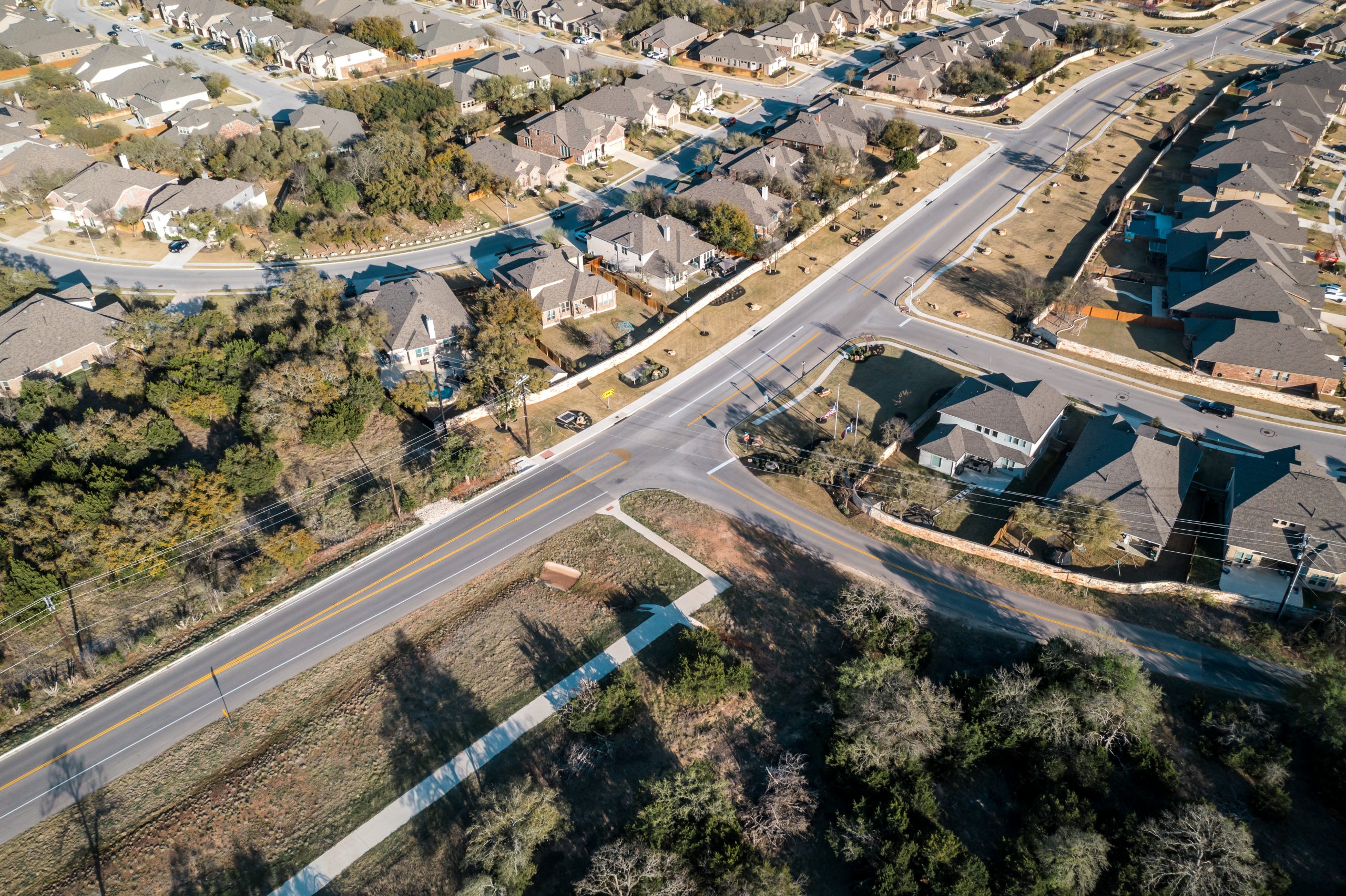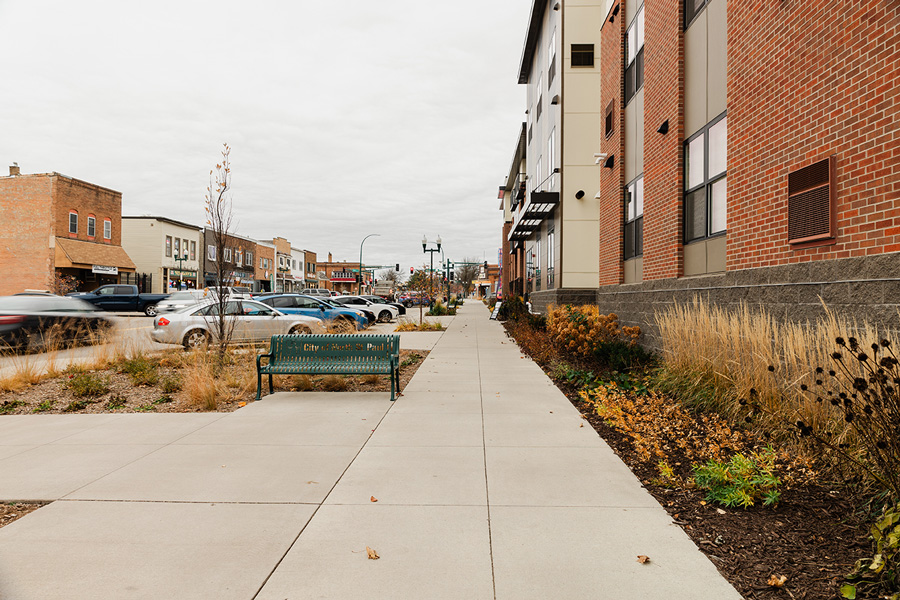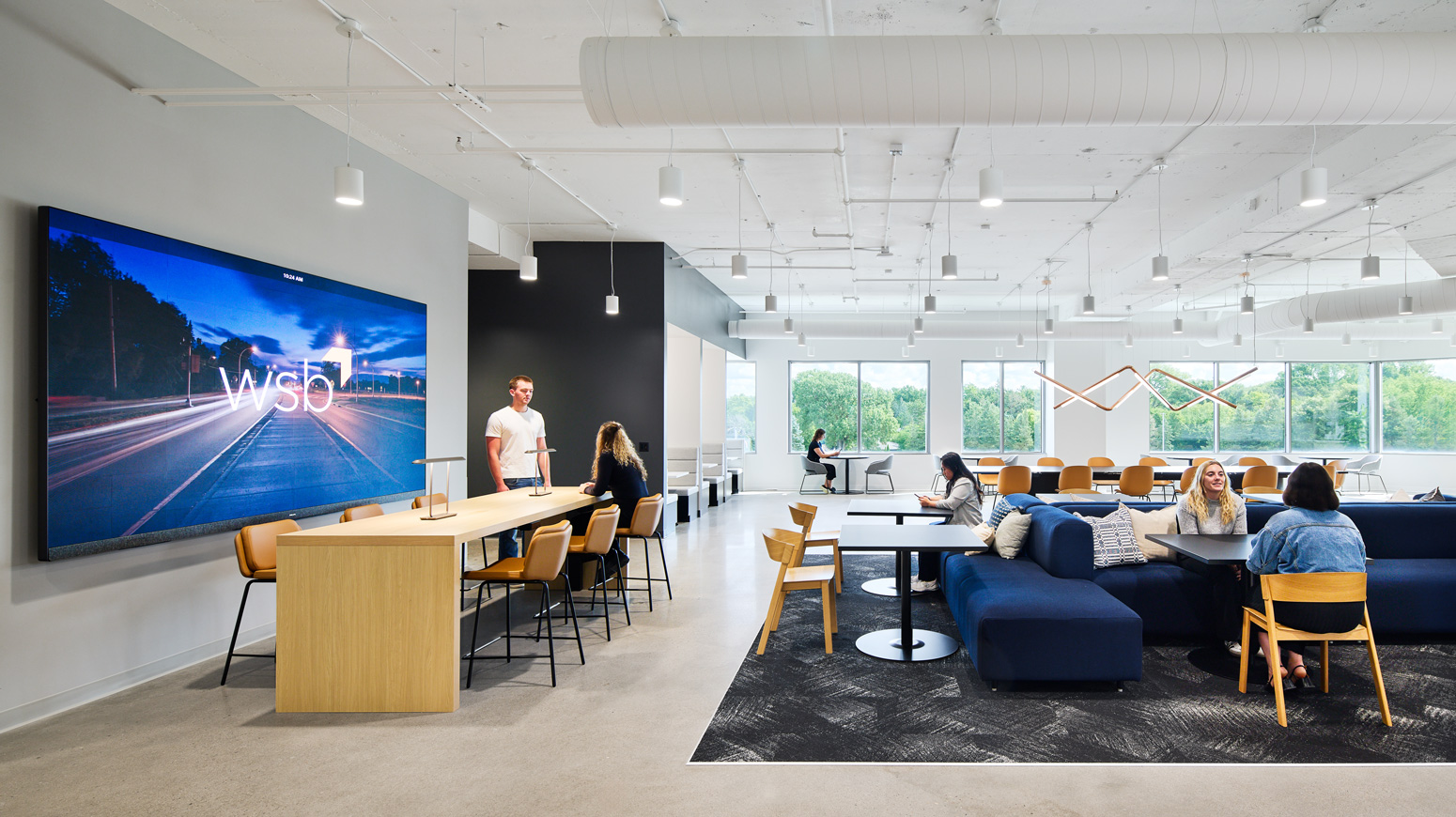Rural & Tribal Assistance Pilot Program Grant Opportunity
The Rural and Tribal Assistance Pilot Program (RTA), administered by the U.S. Department of Transportation’s Build America Bureau, provides funding for early-stage activities such as feasibility studies, environmental review, preliminary engineering, and funding strategy development. It plays a crucial role in advancing Tribal climate and transportation goals.
While recent updates to the program have scaled back language around climate, sustainability, and environmental justice, tribal communities across the country may still find this program valuable for preparing transportation projects that could later qualify for larger federal funding opportunities.
Tribal Leadership in Infrastructure and Community Development
Tribal Nations across the U.S. have long demonstrated leadership in advancing infrastructure, mobility, and community development. From improving roadway safety and connectivity to planning for future growth and economic opportunity, tribal governments continue to lead efforts that strengthen both local communities and regional networks.
The RTA Program supports this leadership by funding early-stage planning activities that help tribal communities prepare for larger federal infrastructure investments. Even though the revised Notice of Funding Opportunity (NOFO) no longer emphasizes climate or sustainability themes, the program remains a valuable tool for building capacity and positioning projects for long-term success.
Project Relevance and Eligible Activities
The RTA grant supports pre-development activities for transportation and infrastructure projects, including:
- Feasibility studies
- Project planning and design
- Environmental reviews
- Economic and cost-benefit analyses
- Revenue forecasting and funding strategies
- Legal and regulatory assessments
- Value-for-money (VFM) studies
- Public engagement and benefit evaluations
These funds help Tribes hire legal, technical, and financial advisors to prepare for larger federal infrastructure grants or financing.
Applicants may submit up to two separate project applications for consideration.
Tribal-Specific Benefits
- $20 million tribal set-aside
- No match required
- Funding available for hiring expert advisors
- Supports planning for future federal infrastructure grants
- Helps advance transportation projects that support pollution control and community health
Key Dates
- Application Portal Opens: September 8, 2025
- Deadline: October 8, 2025
- Award Ceiling: $2.5 million
- Awards Made on a First-Come, First-Served Basis
We encourage tribal governments to begin preparing early, as funding is limited and may be exhausted before the deadline. This is a powerful opportunity to build capacity, lay the groundwork for future infrastructure investments, and position your community for success in upcoming federal grant programs.
The Build America Bureau will host a webinar on August 26, 2025, at 2:00 p.m. ET to provide an overview of the amended RTA Notice of Funding Opportunity (NOFO), including changes, eligibility, and application guidance.
Register here.
WSB is dedicated to helping your community not only navigate every stage of the infrastructure project journey, but also to secure the critical funding needed for your success. Our experienced team will work hand-in-hand with you to develop compelling grant applications, ensure you meet eligibility requirements, and position your project for maximum competitiveness—giving you the best possible chance to access limited federal dollars. From identifying funding sources to delivering effective project solutions, WSB is your trusted partner in turning opportunity into reality and driving meaningful progress for your community for years to come.
